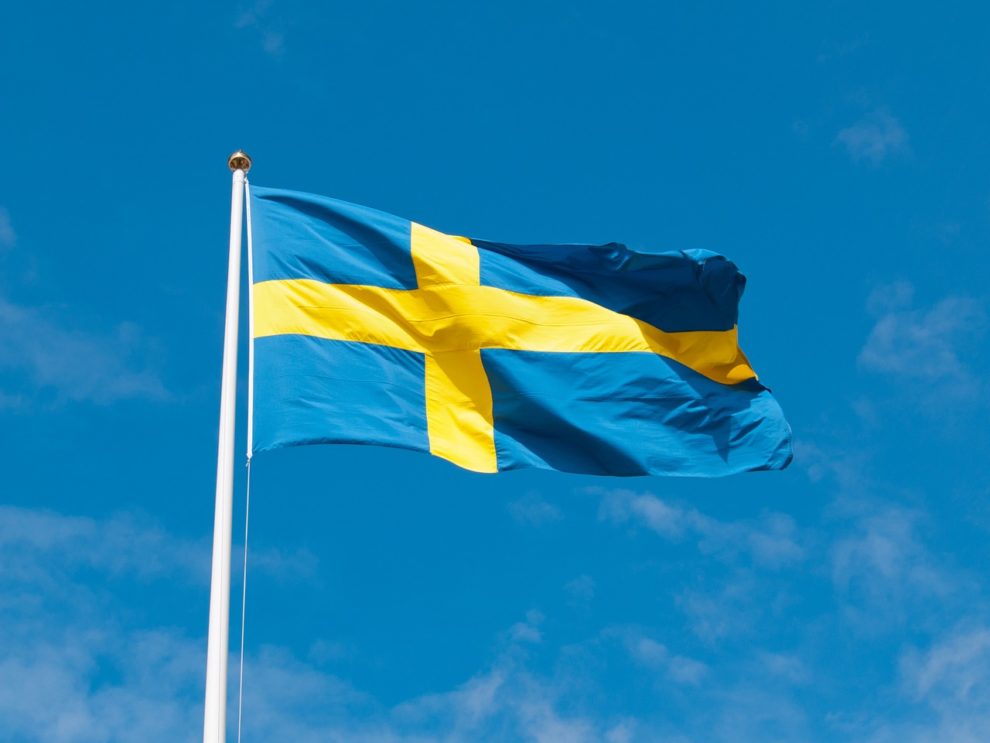Swedish utility Vattenfall said Monday it was aiming to put a new nuclear reactor into commission in the first half of the 2030s, as part of Sweden’s decision to reinvest in the energy source.
In June 2022, the state-owned company launched a pilot study into the construction of at least two small modular reactors (SMRs) at the Ringhals nuclear power station in the southwest of the country.
“We have concluded that there are good conditions for building new nuclear power on the Varo peninsula, but that it is too early to choose the type of reactor,” Desiree Comstedt, vice president of New Nuclear at Vattenfall, said in a statement.
“The ambition to have a first reactor in operation by the first half of the 2030s remains,” Comstedt added.
In November, Sweden’s coalition government presented plans to massively ramp up nuclear energy in the country.
The government said it wanted to increase production equivalent to two nuclear reactors by 2035, with a “massive expansion” to follow by 2045.
Vattenfall said it had begun acquiring real estate in the area where it wants to build the reactors, and would initiate a dialogue with local stakeholders before applying for environmental permits.
In the conclusions of its study, the company said the Ringhals location was suitable for new nuclear power, albeit with some space limitations due to nearby nature reserves.
Comstedt said the Varo peninsula area where the Ringhals nuclear power station is located can accommodate three to five SMR reactors but “the nature reserve limits additional capacity”.
She added that Vattenfall was looking into the potential consequences of the environmental impact on the nature reserves, as Vattenfall would ideally like to build up even more capacity in the area.
SMRs are advanced nuclear reactors that have a power capacity of up to 300 megawatts of electricity per unit, which is about one-third of the generating capacity of a traditional nuclear power reactor.
They are relatively simple to build, as their systems and components can be factory-assembled and transported as a unit to a location for installation, which also makes them more affordable than large power reactors.
The Scandinavian country voted in a 1980 non-binding referendum to phase out nuclear power.
Since then, Sweden has shut down six of its 12 reactors and the remaining ones, at three nuclear power plants, generate about 30 percent of the electricity used in the country today.
In 2016, a broad political majority agreed to extend nuclear power for the forseeable future, paving the way for new reactors to be built to replace the ageing ones at the end of their lifespans.
